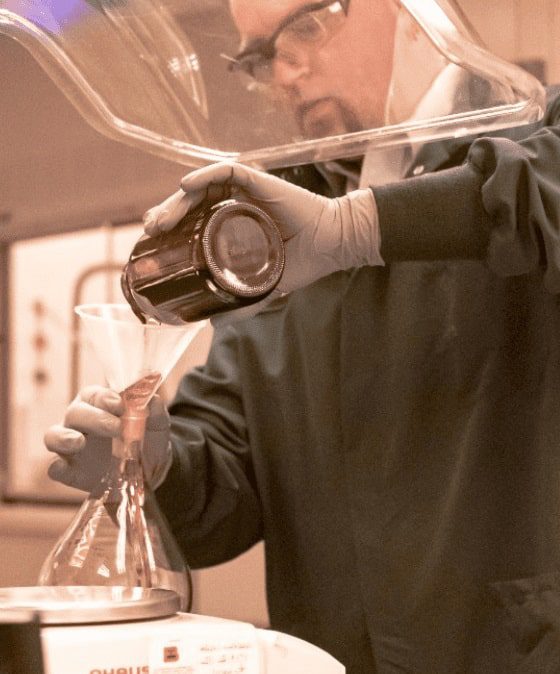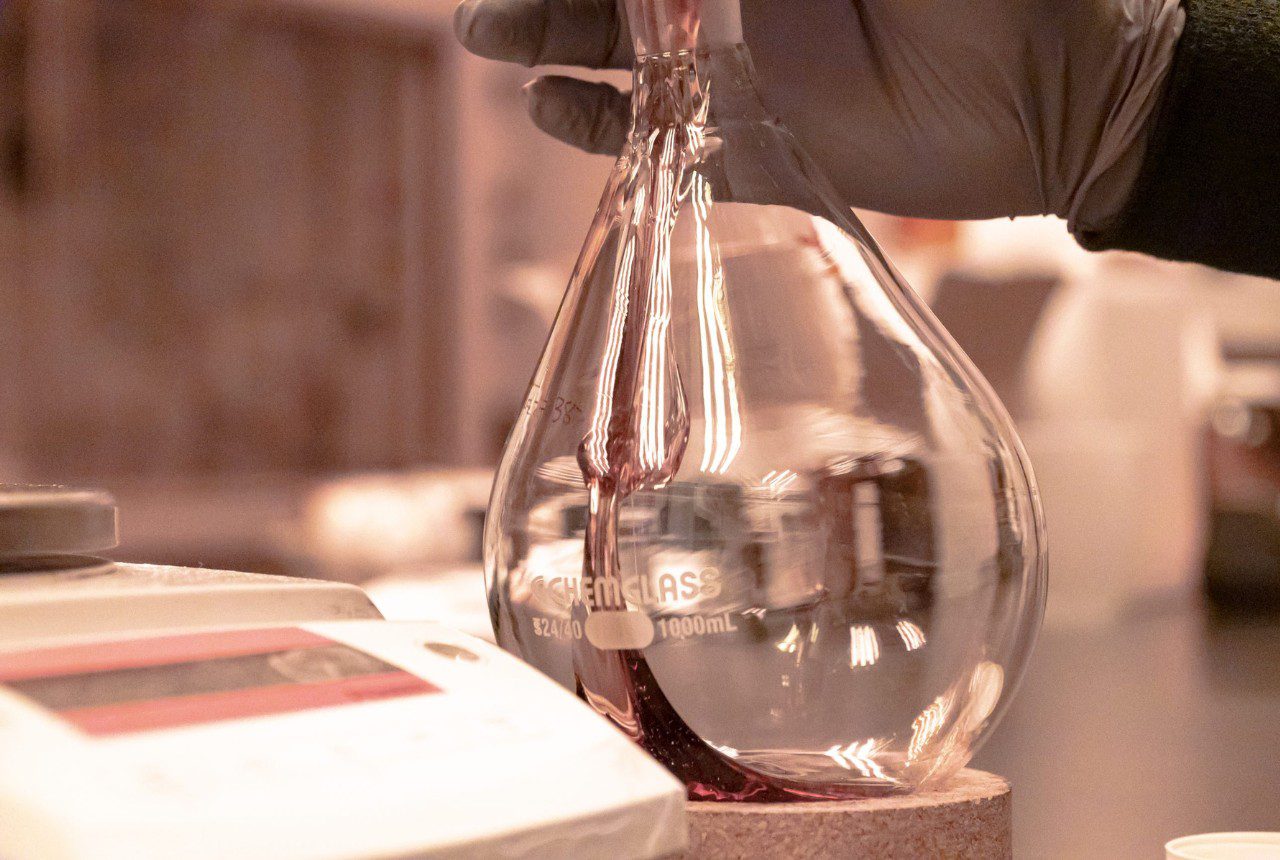WHERE CREATIVITY MEETS COLLABORATION
Unlock new possibilities in microelectronics with Kayaku Advanced Materials. As a trusted partner in high-performance chemical solutions, we specialize in engineered materials designed for photoresists for MEMs and advanced microelectronics applications. Our cutting-edge portfolio supports micro-electromechanical systems (MEMs), microelectronics, and precision conformal coating services.
Discover how our expertise can elevate your innovation. Let’s collaborate to bring your ideas to life with industry-leading materials and solutions.
Looking For Something?
Search for Product Specifics below.

Put Kayaku Advanced Materials to Work for You
Kayaku Advanced Materials, Inc. is composed of distinct product lines: StructSure™ specialty chemicals for MEMS and Microelectronics and Paratronix® Conformal Coating Services & Equipment.
Used in a wide range of products by electronics manufacturers, Kayaku Advanced Materials sustainable solutions delivers value through our reliability, expertise and experience.
Unleash Innovation with a Diverse Range
of Solutions
Explore the potential of our Photoresists and Specialty Chemicals and trust in the long-standing quality of Paratronix’s coating services, or enhance your tech with advanced materials from renowned brands like DuPont and Micro Resist Technology. Whatever your requirement, our innovative solutions are here to drive your progress.
Explore our Product Lines below or just give them a search.
Events & News


Recent News & Publications
Launch of Design Fabrication Services
Introducing Kayaku's new Design & Fabrication Services Group - your partner in bringing innovative ideas to life! By leveraging our extensive photoresist product knowledge and collaborating closely with designers, we offer a comprehensive solution for engineering...
Exciting Announcement: Eden Tech Partners with Kayaku Advanced Materials to Expand Presence in the US Market!
We are thrilled to announce a groundbreaking partnership between Eden Tech and Kayaku Advanced Materials, Inc., a renowned leader in innovative solutions and unparalleled commitment to quality. This collaboration marks a significant milestone as we endeavor to bring...
Kayaku Advanced Materials Announces Agreement to Divest PriElex® Functional Printed Electronic Materials to Heraeus
KAM to expand and strengthen its supplier position in core markets served. Kayaku Advanced Materials, Inc. (KAM), a leading specialty materials provider bringing innovative materials to the microelectronics market announced today it has entered into a definitive...
Optimizing Bi-layer Lift-off Resist Processes for Insulator Films
The bi-layer lift-off method has been used successfully to commercially fabricate many structures including source, drain ohmic contacts, gates and air bridges for use in Gallium Arsenide (GaAs), GaN, InP, MEMS and other semiconductor devices. It is widely adopted for...







 Eden Tech accelerates microfluidic innovation with a range of tools, processes and services that significantly decrease prototype-to-product cycle. With the Eden Materials solutions, we provide tools for ultra-fast prototyping.
Eden Tech accelerates microfluidic innovation with a range of tools, processes and services that significantly decrease prototype-to-product cycle. With the Eden Materials solutions, we provide tools for ultra-fast prototyping.









